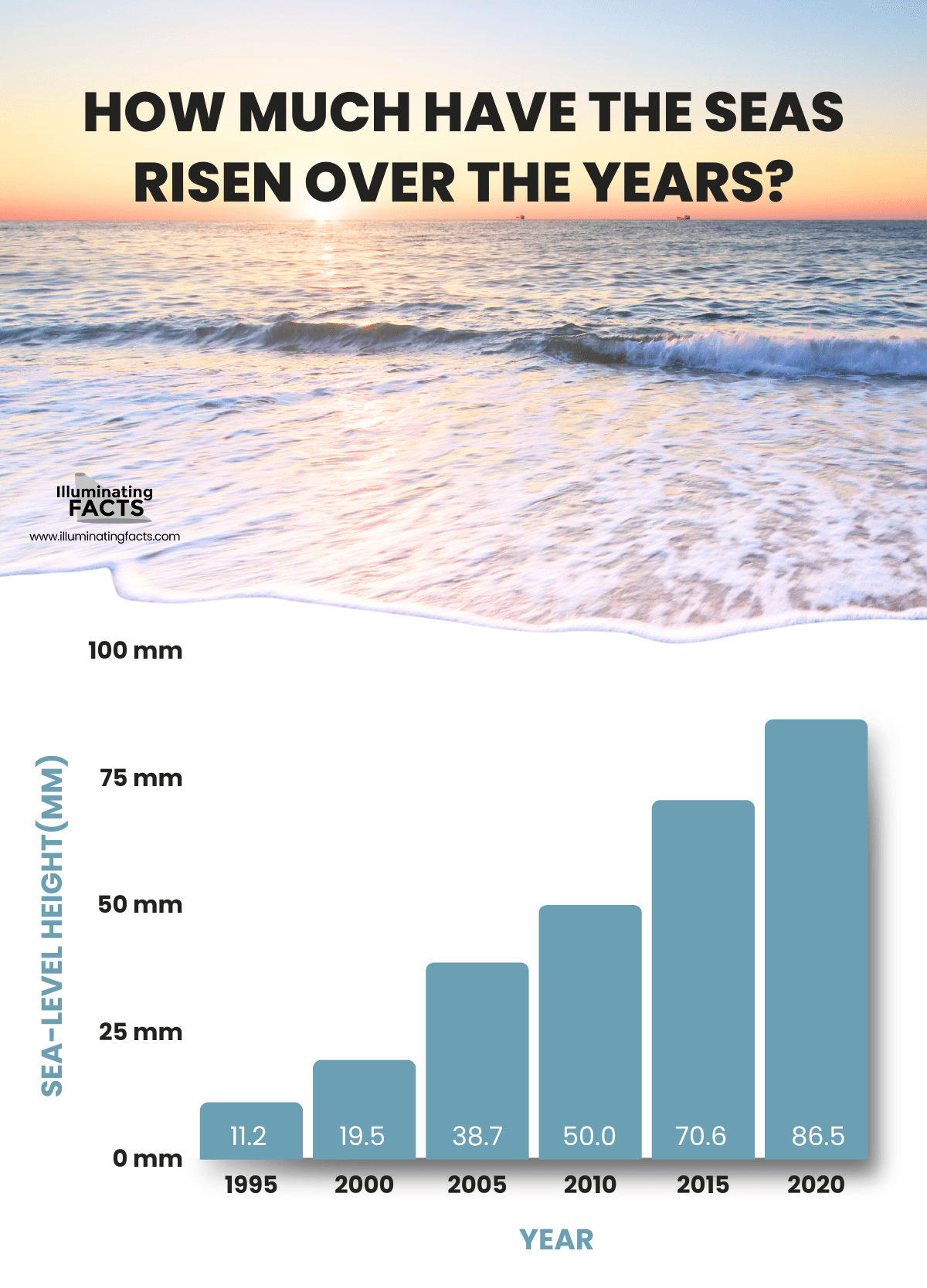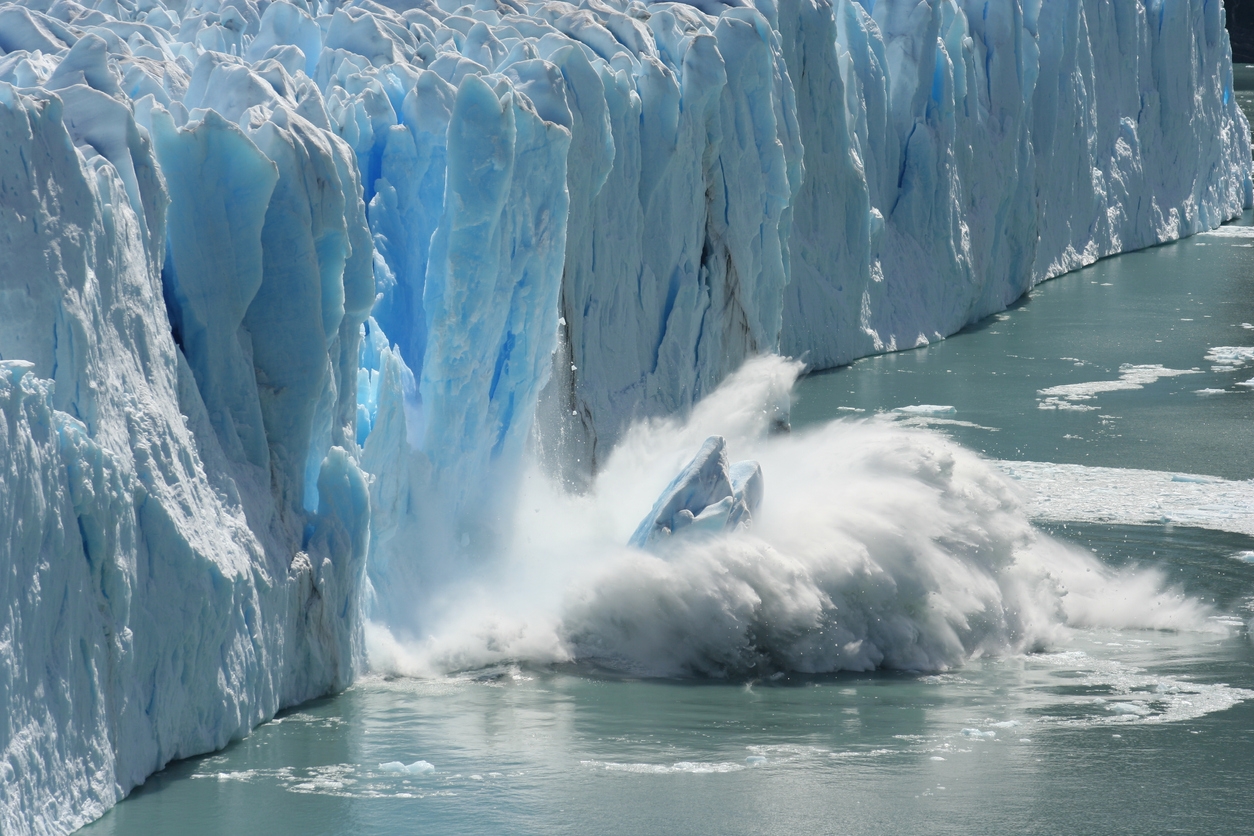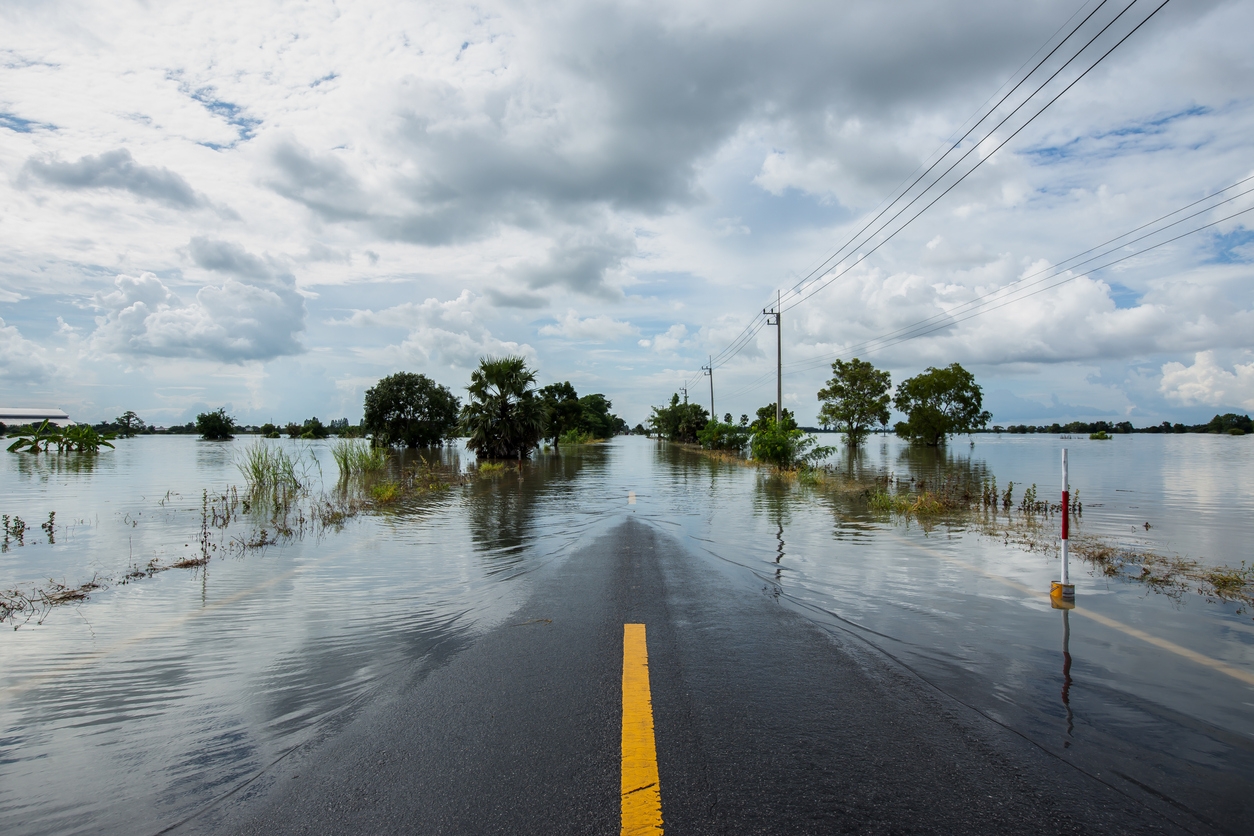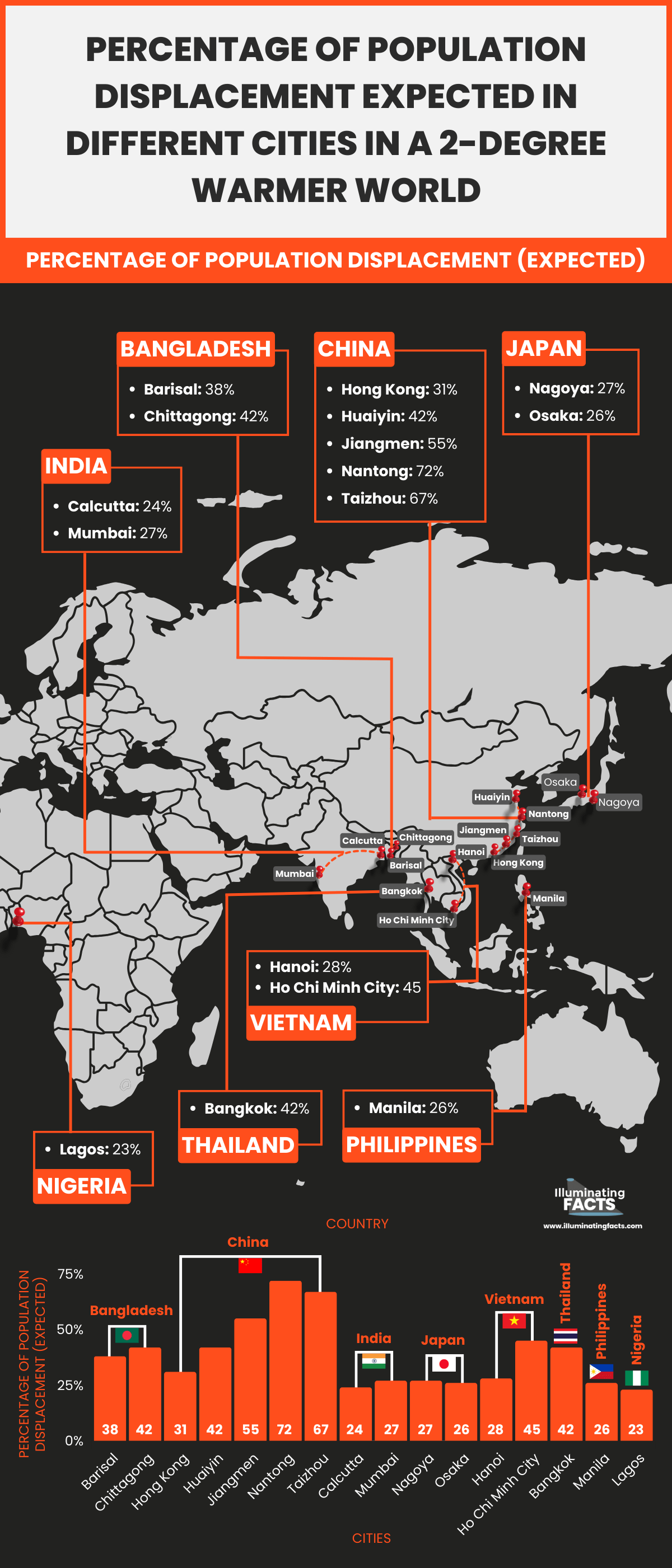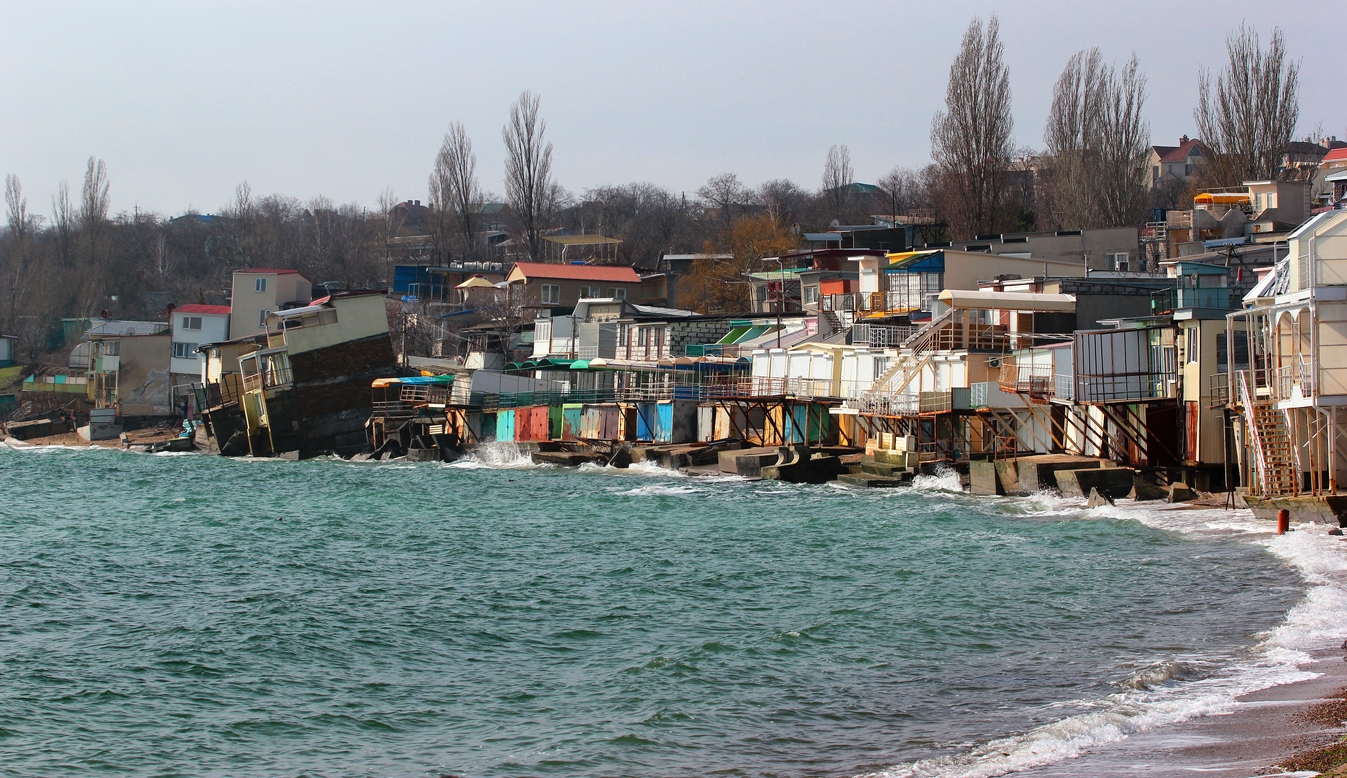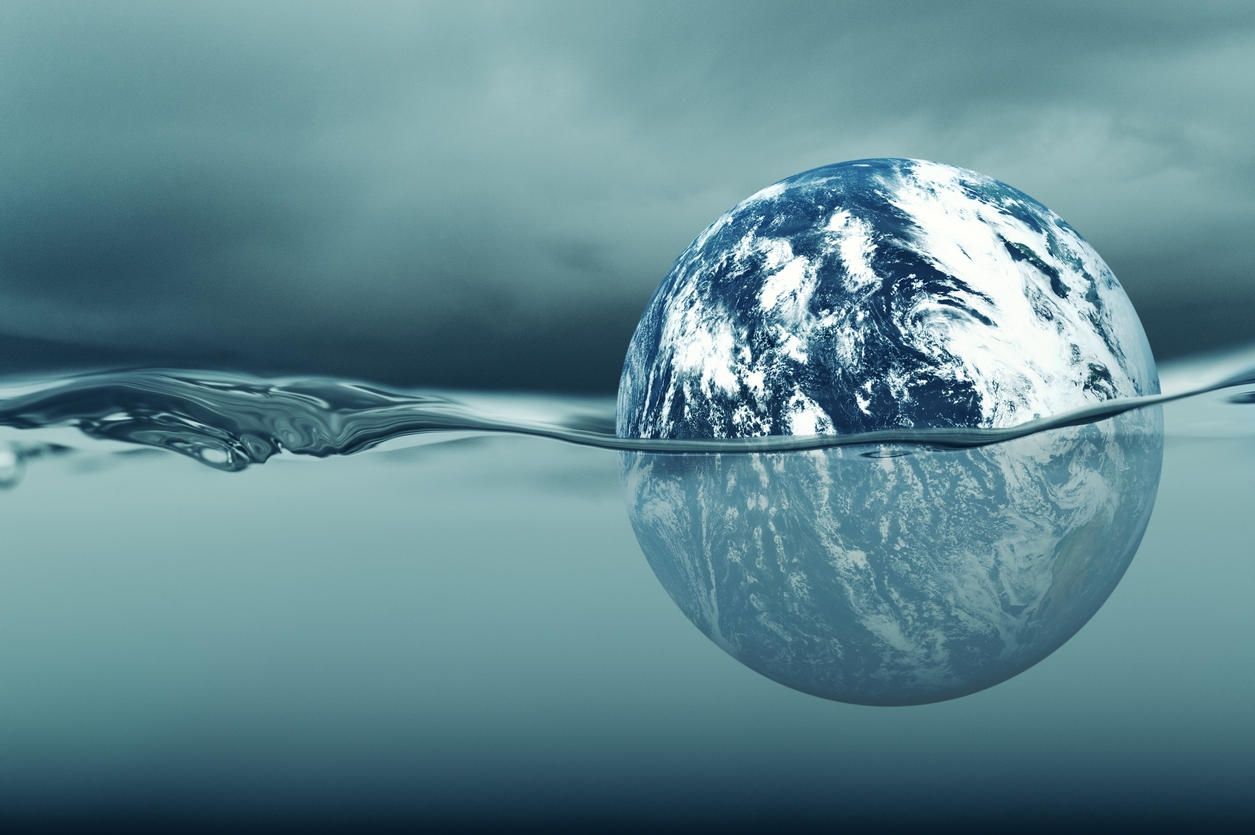The consequences of unprecedented development are now visible to the world. The impact of climate change is observed in the world with drastic temperature rises, heat waves, wildfires, flooding, and rising sea levels. But this damage is nothing compared to what can be expected in the future. With oceans and seas warming due to the absorption of 90% of the heat of greenhouse gases, the sea level has risen to 8 inches in the last 143 years. The last two decades have seen the most rise in the level of the sea. As per the research conducted in 2022, it is estimated that by 2050, the sea level will be raised to 12 inches. [1]
What’s Causing Sea Levels to Rise?
With the earth and sea heating at an alarming rate, the rising sea level is inevitable. The two major causes of the rise in sea level are the melting glaciers and the ice sheet and the heat getting accumulated within the sea due to greenhouse gases. From 1900-1940s, the melting of mountain glaciers and the Greenland Ice caused a rise in the sea level. The 20th century had been an industrial era and it was during this time that climatic disruption started to become evident. From 1970 till now, the melting of Greenland & Antarctic Ice Sheets and Mountain Glaciers along with Thermal Expansion has raised the sea level to new heights. The table below shows how much the sea has risen over the years. [2]
| Year | Sea-Level Height(mm) |
| 1995 | 11.2 |
| 2000 | 19.5 |
| 2005 | 38.7 |
| 2010 | 50.0 |
| 2015 | 70.6 |
| 2020 | 86.5 |
The Impact of Climate Change on Rising Sea Levels
While climate change is the result of anthropogenic activities, it is concerning that their drastic effects cannot be halted immediately. The sea level variation is directly linked to climatic alteration. According to Rick Spinard, the administrator of the National Oceanic and Atmospheric Administration, the sea has accumulated heat so much that even if the world decides to immediately curb carbon emissions, it will not allow the sea to fall back to its early levels. [3]
Effects of Temperature Increase on Polar Ice Melt
Though most of us have never experienced the polar regions, whatever happens in the cryosphere still directly impacts us. The melting of ice in the Antarctic and Arctic regions causes sea levels to rise, thus directly impacting the lives of those not inhabiting the polar regions. But many are not aware that the melting ice is not the only cause of concern, but its effects on the planet are more horrifying. Some of the major harmful impacts of melting ice are stated below. [4]
1- More the ice melts, the more global warming: 90% of the sun rays that touch the surface of the snow reflect back causing more heat. When more ice melts, the water underneath gets exposed. This water has lower albedo, which means it reflects less sunlight and stores more solar radiation causing more heat in the environment and melts more ice. This whole process is known as the ice-albedo feedback loop.
2- Less Ice on Land, Higher the Sea Level: When ice melts, the water flows to the oceans. But in many instances, the chunks of ice from glaciers slide to the sea or oceans. It is believed that in a couple of decades, all of the Arctic ice will be melted. The interesting yet scary fact is the West Antarctic ice sheets end up in the sea in the future, one can expect the sea to rise up to 8 meters but if Greenland ice gets into the sea, the level will increase to up to 6.5 meters.
3- The Greenhouse Gases Emission from Melting Permafrost: The 40,000 years frozen land is thawed due to the heat, as a result, the trapped carbon dioxide and methane get into the atmosphere causing more global warming.
How Rising Sea Levels Affect Us
The rise in the sea level has many negative impacts on the topography of the Earth, from the loss of land to constant flooding of the coastal regions, its destructive impacts are now known to the world. It is believed that this rising sea level, though slow, is an unstoppable phenomenon. Some noteworthy horrifying facts related to sea level rise are listed below [5]
- Currently, each year 1/8th of an inch increase in sea level is seen.
- According to the report by UN 2019, sea level rise has the potential to displace 680 million people who reside in low coastal areas. [15]
- By midcentury it is expected that Ho Chi Minh, Mumbai, and Shanghai will be completely submerged in water. [16]
Land Loss, Coastal Erosion and Flooding.
When the sea level rises, the dry land becomes either a wetland or open water, leading to the loss of land. This affects the existing marshy lands and mangroves as these salty wetlands become open water in the long run. Besides the conversion of wetlands to open sea, the erosion at shorelines, the flow of salt water to groundwater aquifers and estuaries, and the flooding in coastal regions are some evidence of how sea level rise has impacted the lives on the planet. The table below shows the percentage of the population displacement expected in different cities in the 2C world (2-degree warmer world). [6]
| Country | Cities | Percentage of Population
Displacement (Expected) |
| Bangladesh | · Barisal
· Chittagong |
· 38%
· 42% |
| China | · Hong Kong
· Huaiyin · Jiangmen · Nantong · Taizhou |
· 31%
· 42% · 55% · 72% · 67% |
| India | · Calcutta
· Mumbai |
· 24%
· 27% |
| Japan | · Nagoya
· Osaka |
· 27%
· 26% |
| Vietnam | · Hanoi
· Ho Chi Minh City |
· 28%
· 45% |
| Thailand | · Bangkok | · 42% |
| Philippines | · Manila | · 26% |
| Nigeria | · Lagos | · 23% |
Economic and Infrastructural Vulnerabilities.
Sea level rise impacts the economy in 4 ways [7]
1- Infrastructural loss
2- Safety precaution measures
3- Loss of coastal lands
4- Cost due to flooding
Fragile Coastal Ecosystems and Biodiversity Loss and Impact on Coastal Communities
Without the oceans, Earth’s climate would be far less stable. Since the Industrial Revolution, oceans have absorbed about 90% of the excess heat and roughly 25-30% of the carbon dioxide emitted by human activities, playing a crucial role in mitigating climate change.. If oceans were not there, the temperature would have soared to 56 degrees Celsius by now. But everything has a limit, this absorption by the ocean is disrupting the biodiversity of marine ecosystems and thus affecting the livelihood of people residing in coastal regions. Listed below are some major threats to the coastal ecosystem and biodiversity as a result of changes in the ocean due to sea level rise.
1- Corals provide a safe sanctuary to the marine habitat, the warming of aqua bodies makes it difficult for species to survive due to coral bleaching. [8]
2- To find moderate water regions, many species migrate to cooler regions. According to Conservation International Research, tuna fish specie has migrated to Pacific Island regions for cooler water, affecting the economies of coastal communities of the Pacific Island. [9]
3- Temperature rise hampers the growth and development of cephalopods, mainly squids and octopuses.
4- 3 billion people whose livelihood depends on marine species, suffer as a result.
5- Temperature rise also changes the sea currents, thus altering the dispersal of larvae of many species [10]
Climate Projections for Sea Level Change
The sea level rise does not seem like a reversible phenomenon; therefore, it is essential that one assess the situation beforehand and make plans accordingly to avoid damage in the future. The sea level projection is one such way to assess the risk and prepare for ways to mitigate the impact of the damage. Some projected sea level scenarios that provide an understanding of the damage that could result if precautionary measures are not taken are stated below. [11] While sea level rise is beyond human control, humans need to self-reflect on his/her activities and help lessen the impact of the disaster.
- By 2100, oceans are expected to rise to 26-77 cm.
- A global temperature rise of 1.5°C could accelerate sea level rise and increase the frequency of coastal flooding. [13]
- Sea level rise is not uniform and can be higher in some regions due to factors like ocean currents and land subsidence
- Burning fossil fuels will eventually melt all the ice and glaciers which will cause the sea level to rise to 216 feet! This can cause the complete submergence of many US states such as Florida and many coastal countries like Bangladesh.
Factors Contributing to Projection Uncertainties.
While sea level projection provides calculated risks, there is no way the scenarios will exactly be the same as predicted, therefore, range or “uncertainties” are predicted as well. A number of factors contribute to the projection uncertainties. The processes and their time scales are one of the major factors of projection uncertainty. For example, one of the processes of sea level rise is thermal expansion, so it is necessary to understand the time it will take to heat up the bottom of the sea. By the research on how water works, it is known that the water will heat up gradually, thus it is known that the rise in sea level due to thermal expansion is slow. [14]
Although predictions are there and variation is possible, it is certain that the sea level will rise. Therefore, it is recommended to take action rather than wait for the disaster to hit home.
Conclusion
It is a fact that sea level rise cannot be halted, but it is also a fact that human activities and unprecedented developments play a major role in all the catastrophes happening due to climate changes. It is estimated that 4% of GDP will be affected due to 1.3 meters of rise in sea level, therefore collective efforts are required to deal with this mammoth of global warming and sea level rise as the rise is not damaging to just one region but affecting the world as a whole.
Reference
[1] Sea level rise, facts and information. (2022, February 15). National Geographic. https://www.nationalgeographic.com/environment/article/sea-level-rise-1
[2] NASA Global Climate Change. (2022, July 27). Sea level | NASA global climate change. Climate Change: Vital Signs of the Planet. https://climate.nasa.gov/vital-signs/sea-level/
[3] Astle, C. B. (n.d.). What sea level rise means to your church. United Methodist Insight. https://um-insight.net/in-the-world/disasters-and-climate-change/what-sea-level-rise-means-to-your-church/
[4] Climate and ice | Center for science education. (n.d.). Center for Science Education. https://scied.ucar.edu/learning-zone/climate-change-impacts/climate-and-ice
[5] 5 ways that climate change affects the ocean. (2018, 7). Conservation International. https://www.conservation.org/blog/5-ways-that-climate-change-affects-the-ocean
[6] Refugees from rising seas: No place to call home. (2019, September 22). Phys.org – News and Articles on Science and Technology. https://phys.org/news/2019-09-refugees-seas-home.html
[7] Impact of Sea level rise on Economic growth in Developing Asia. (2017, January). Asian Development Bank. https://www.adb.org/sites/default/files/publication/222066/ewp-507.pdf
[8] 5 ways that climate change affects the ocean. (2018, 7). Conservation International. https://www.conservation.org/blog/5-ways-that-climate-change-affects-the-ocean
[9] Pacific islands face hardships as tuna follow warming waters. (2019, 1). Conservation International. https://www.conservation.org/blog/pacific-islands-face-hardships-as-tuna-follow-warming-waters
[10] Scientists link ocean dispersal of baby fish with ecology of adults. (2018, June 4). Phys.org – News and Articles on Science and Technology. https://phys.org/news/2018-06-scientists-link-ocean-dispersal-baby.html
[11] Sea level rise, facts and information. (2022, February 15). National Geographic. https://www.nationalgeographic.com/environment/article/sea-level-rise-1
[12] Uncertainty in sea-level rise & how can we use it as a tool. (2022, June 21). Open Access Government. https://www.openaccessgovernment.org/uncertainty-in-sea-level-rise-how-can-we-use-it-as-a-tool/138096/
[13] Global warming of 1.5 ºC —. (n.d.). IPCC — Intergovernmental Panel on Climate Change. https://www.ipcc.ch/sr15/
[14] Responding to Rising Seas. (n.d.). OECD. https://www.oecd.org/environment/cc/policy-highlights-responding-to-rising-seas.pdf
[15] Climate change-induced sea-level rise direct threat to millions around world, Secretary-general tells Security Council. (n.d.). https://press.un.org/en/2023/sc15199.doc.htm


